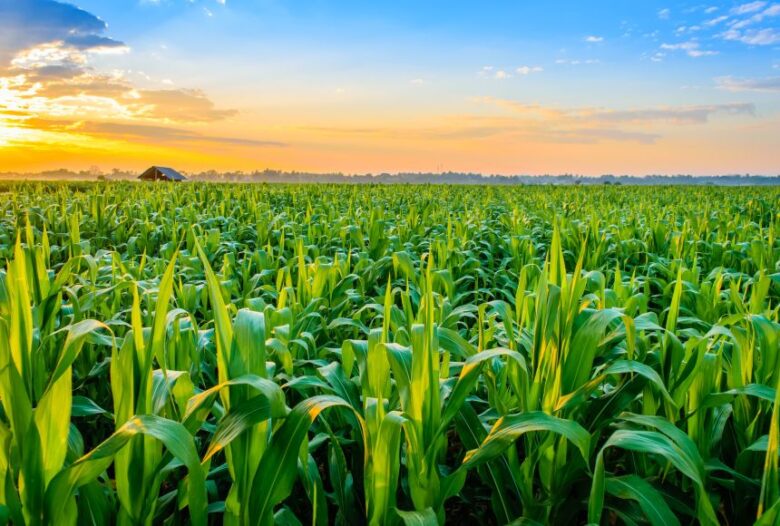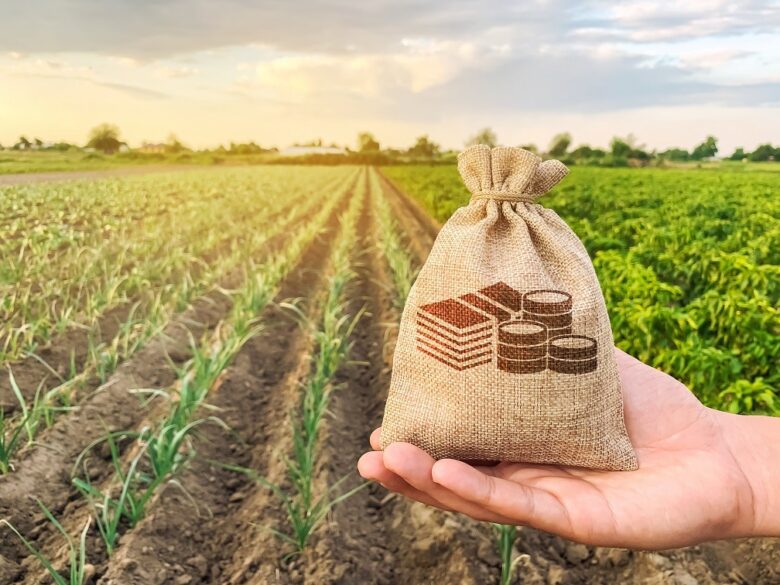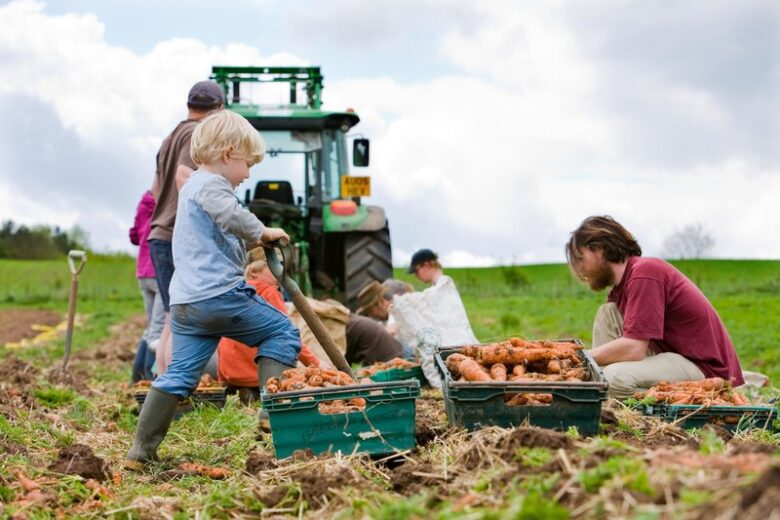
What Type Of Farming Earns The Most Money: 3 Strategies To Increase Your Income
Farming is one of the oldest forms of economic activity, and it continues to be an essential part of many economies today. There is a wide variety of farming activities, including crop production, animal husbandry, and even fish farming. Different types of farming have different potential profitability, so it’s important to consider which type of farming is best suited to your needs before making any decisions.
1. Livestock Farming
Livestock farming is a type of farming that covers the raising and care of animals for consumption, for use as fiber such as clothing or other materials, and for sale in the marketplace. It comes with the potential to produce high levels of income with relatively low investment when compared to other types of agriculture. There are three broad categories within livestock farming: beef cattle, dairy cows, and sheep; each has both pros and cons when it comes to profitability.
Beef cattle require large amounts of land and significant pasture management resources but allow farmers to reap large profits from carefully managed herds. Dairy cows can generate large incomes very quickly through milking but do come with health-control costs associated with breeding stocks. Finally, sheep require a much smaller overall land area than either beef or dairy systems but also typically generate lower returns without careful marketing.
Each type of livestock farming requires different resources in order to achieve success, so it’s important that farmers evaluate all options before they begin investing time and money into a new venture. You need to consider farm animal equipment you will need such as a cattle gate, animal feeders, and other stuff that needs investment capital.
2. Crop Farming

This type of farming is done by small farmers and large-scale commercial operations alike and can be conducted on either a large or small scale. There are many different types of crops grown around the world, each with unique characteristics and ideal growing conditions. Common crop farming includes grains, fruits, and vegetables, though other types of agricultural products can be produced as well.
Most crop farming is done on large tracts of land, called farms, which may be owned by individual farmers or larger companies. Farmers choose which types of crops to plant based on the specific needs and resources available to them. These decisions can have a major impact on the farm’s profit potential as certain crops require more time, inputs, and maintenance than others. Fields are often rotated annually in order to maintain soil fertility and minimize pests or diseases that could damage previous years’ harvests.
In some cases, farmers may also need to supplement their incomes by taking part in off-farm activities such as working as contract laborers for other farmers or helping with harvest activities like baling hay or gathering eggs from poultry farms. Many crop farmers also sell their produce directly to consumers at local markets or through online sales channels like Etsy or eBay. Crop farming has historically been one of the most profitable forms of agriculture due to its ability to generate returns while providing multiple sources of income for the farmer’s family.
3. Specialty Farming
Specialty farming finds ways to make a profit from small-scale production of goods, such as vegetable and fruit production. Farmers provide customers with carefully bred or cultivated varieties of vegetables, fruits, and herbs that aren’t available in the larger stores or offer organic options in locations where availability is limited. In addition to fresh vegetable sales, specialty farmers may also offer unique products such as jams or honey for sale.
These small operations often require more effort and commitment than conventional farms but can bring substantial economic rewards in terms of higher returns per acre on land and product. Additionally, specialty farms have the potential to increase product value through added-value products (e.g., jams) which expand profit margins further. Specialty farming provides an opportunity for farmers to gain an edge over the competition by offering a ‘unique’ experience to customers searching for superior quality produce.
Specialty farming offers significant financial incentives over traditional large-scale production methods due to their ability to charge premium prices while incurring fewer costs related to capital inputs (i.e., irrigation systems). One important factor that makes this type of farming successful is specialization — focusing on one area or type of produce —both of which allow for higher levels of efficiency when compared with traditional methods. Additionally, quality control measures can help ensure that only high-quality products are brought to market which will help maintain customer trust in the brand and increase profits overall.
Strategies to Increase Profitability

The type of farming that you choose will ultimately determine how much money you can make. Different types of farming vary in their level of profitability, so it’s important to understand the strategies that can help you maximize your earnings. With the right approach, you can increase the profitability of any farming venture, regardless of the type.
Invest in Technology
The use of tractors and other implements helps reduce time spent on field activities that farmers would otherwise need to do by hand, while drones are used for a variety of tasks such as crop management, field mapping, soil health monitoring, and inspection. Automatic soil analysis systems allow farmers to quickly determine soil pH levels, nutrient content, fertility rates, moisture levels, etc., saving them money on labor costs and enabling them to use resources more efficiently.
Diversify Your Crops
Diversifying your crops and producing more than one kind of crop can be profitable by taking advantage of different markets, and different seasons and minimizing the risk of economic depression. By growing more than one strain, you are essentially reducing the per-commodity production cost and guaranteeing a higher yield. Also, with rising demands for specialty crops such as organic produce or fresh local health products, becoming diversified in several types of commodities will help you capitalize on these trends.
Leverage Community Support

A great way to increase profitability as a farmer is to leverage community support. Community support can come in the form of local or regional demand for products, hosting educational or experiential events on the farm, selling shares in a Community Supported Agriculture (CSA) program, or forming a marketing co-op with other farmers. When it comes to building up local demand, farmers can use word of mouth and online marketing strategies such as social media, website development, and blogging.
Conclusion
In general, farmers choose different types of farming based on their own personal interests and skill sets, both in terms of physical labor and knowledge about specific industries. Therefore, choosing the type of farming that earns the most money ultimately depends on an individual’s willingness to both invest in a business venture as well as dedicate time and energy to learning about different techniques related to sustainable agricultural practices.




